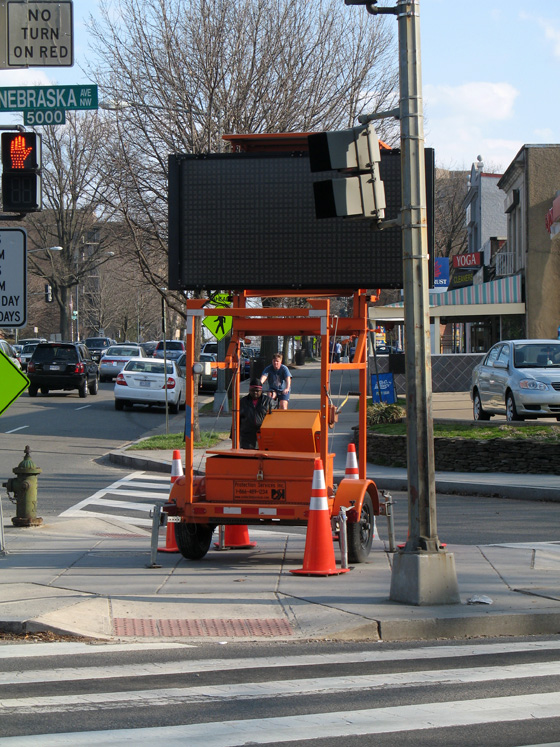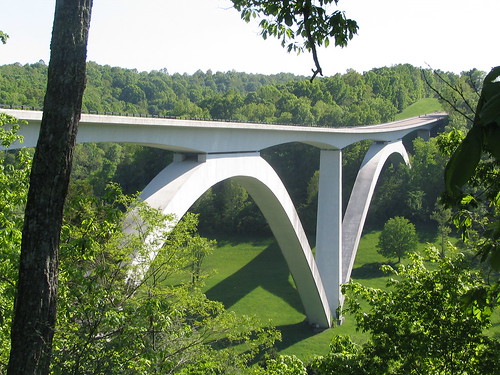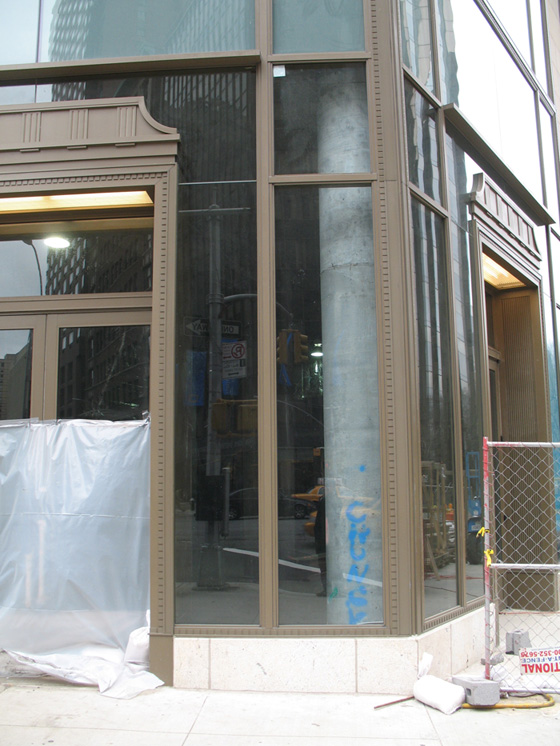Russia’s mind-bogglingly bad fiscal policy has finally come to a pitiful and humbling end: it has to borrow money from Europe. FT, the Post and others are reporting that Russia may issue $5B of eurobonds to cover some of its economic interventions as it tries to save its troubled corporations. The increasingly resented government has proudly – and aggressively – exploited high oil and gas prices to grow large exchange and gold reserves as a means of independence, a strategy that worked for some time.
But or the past six months, the Medvedev/Putin administration has not only been propped up the crashing currency with state reserves, but also raised pensions without raising taxes, all for the sake of national pride and presumably out of fear of broader unrest in the country, where a sizable percentage of the graying populace relies on pensions to eat. At the same time, the Central Banks is trying to avoid inflationary spending such as in the United States, Russian media are quick to point out. And it’s a fair point: rainy days are really what the reserve was made for. But Russia has crafted for its people a proud name, one that comes with a fragile ego, and any appearance of dependency causes a nationalist panic.
Like the delirious Russian economy of last year, the political image is mostly froth. There simply isn’t much behind Russia’s strength outside of oil and cash, so the administration will be looking for other ways of throwing its weight around. Just as las summer’s exercises with Venezuela signaled a sudden weakness brought about by crashing oil prices and January’s dispute with Ukraine over transmission was gambit to shake up Europe and get a little cash on the side, I think the international community can expect some bad behavior in spite of any sworn overcharges restarts in foreign policy.
And a note to today’s Tea Party protesters: If you think you’re being “punished for success,” at least you haven’t been sent to a Siberian labor camp for merely looking successful enough to be a political threat.
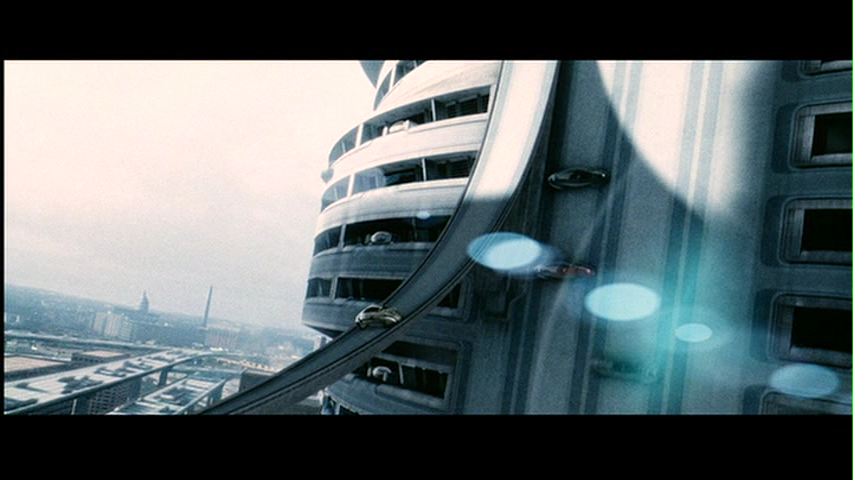

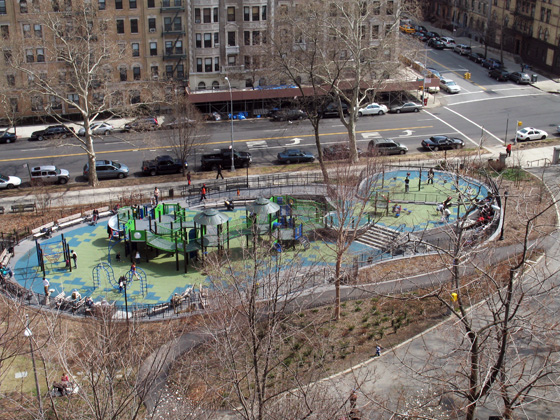

 Let us remember the handing down of of the deadliest precedent in constitutional law on this, its 144th anniversary.
Let us remember the handing down of of the deadliest precedent in constitutional law on this, its 144th anniversary.
